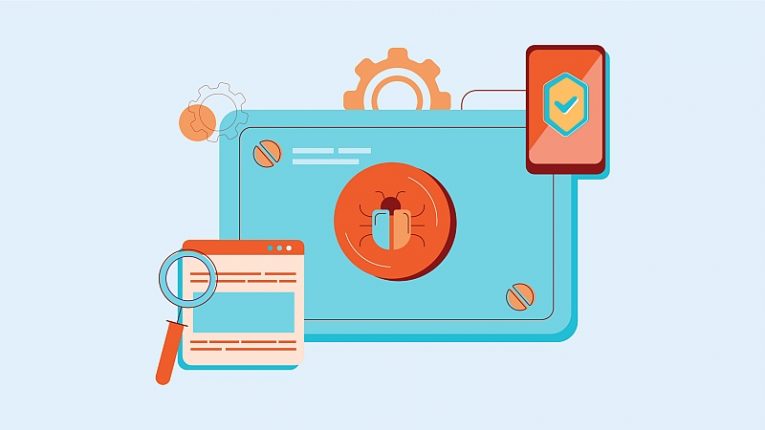Webmagicrods.com Pushes Ad Spam

Webmagicrods.com is a website with designed the intention of enticing visitors to subscribe to its push notifications. Once permission is granted, the site can send advertisements directly to users' devices. Typically, individuals stumble upon Webmagicrods.com unknowingly by following malicious links on various online platforms. Upon arriving at the site, visitors are confronted with a deceptive prompt that encourages them to click the "Allow" button, often under false pretenses.
Those who unintentionally allow these notifications soon find their screens filled with unwanted ads from Webmagicrods.com. These ads can appear unexpectedly, irrespective of the website or application being used. Adding to the problem, the content within these push notifications frequently includes harmful material, spanning from phishing attempts to false virus alerts, counterfeit prize notifications, and other deceptive content meant to mislead and harm the user.
To protect personal data and the overall integrity of your computer system, it is crucial not to interact with any content or links provided by Webmagicrods.com and similar misleading websites.
How Can Misleading Websites Spam Your Browser with Ads by Abusing Push Notifications?
Misleading websites can spam your browser with ads by abusing push notifications through a series of deceptive and manipulative tactics. Here's how they typically accomplish this:
- Deceptive Permission Requests: When you visit a misleading website, it often displays a deceptive prompt that encourages you to allow push notifications. These prompts may use misleading language, such as "Click Allow to verify your age" or "Click Allow to access the site's content." Users are tricked into thinking that they need to click "Allow" to proceed.
- Notification Prompt Positioning: Misleading websites may position the "Allow" button in a way that makes it appear as though it's an essential part of the page, leading users to click it inadvertently.
- Fear and Urgency Tactics: Some misleading websites use fear or urgency tactics by presenting fake security alerts or virus warnings, telling users that they must click "Allow" to resolve an issue. This preys on users' concerns and prompts them to take action.
- Social Engineering and Manipulation: Misleading websites employ social engineering techniques to manipulate users' emotions and decision-making. They may use persuasive language to convince users that allowing notifications is in their best interest.
- Once users click "Allow," they have unwittingly granted the website permission to send push notifications to their browser. This is where the spamming begins:
- Unwanted Notifications: The misleading website can now send a barrage of unwanted push notifications directly to the user's screen, even when the browser is closed or not in use.
- Ad Spam: These push notifications often contain advertisements, links to affiliate marketing sites, or promotional content. Users are continually bombarded with ads that disrupt their online experience.
- Harmful or Deceptive Content: In addition to ads, misleading websites may send push notifications containing harmful content, such as phishing attempts, fake virus alerts, or deceptive prize notifications. These tactics aim to mislead and harm the user.








